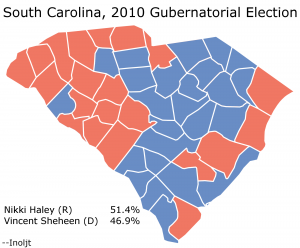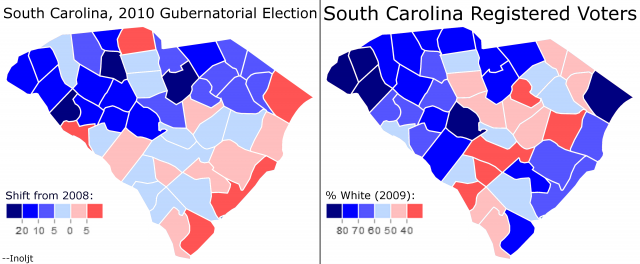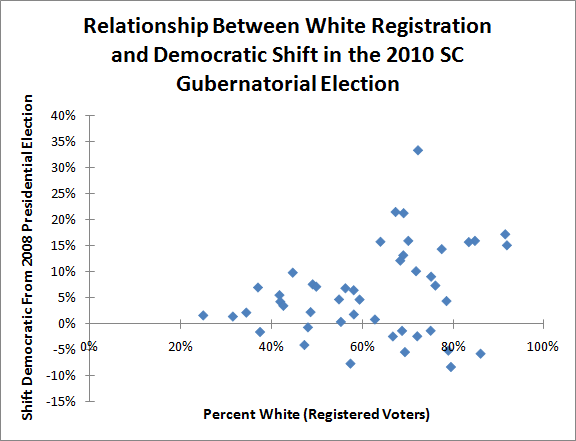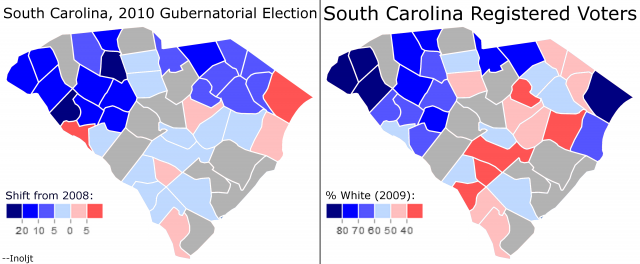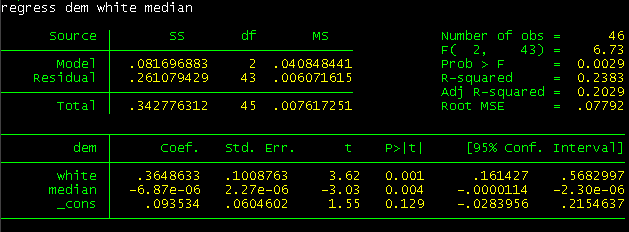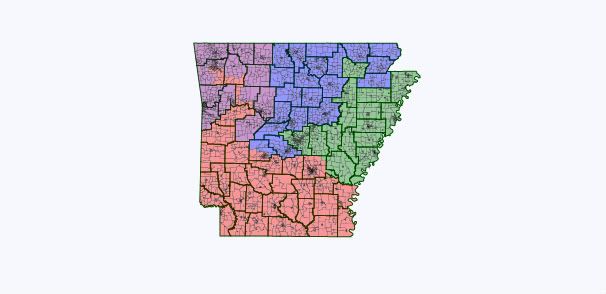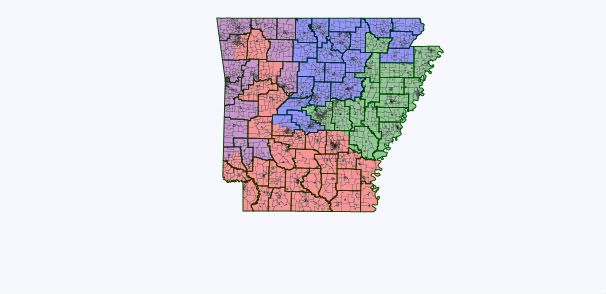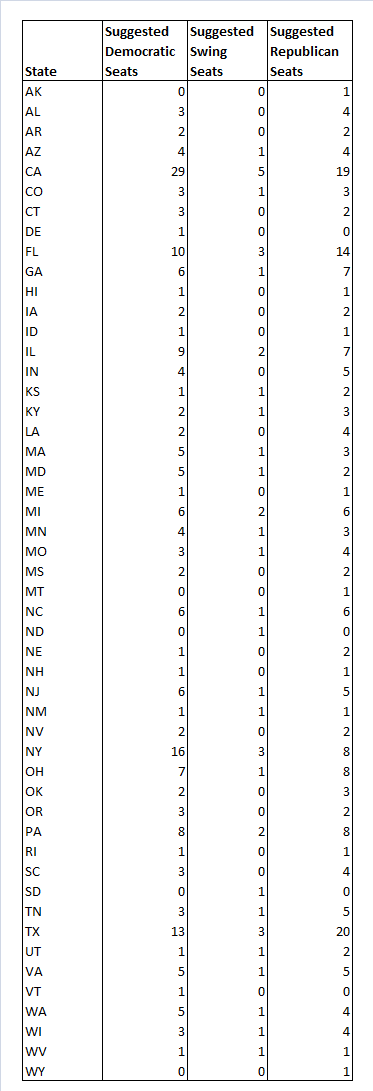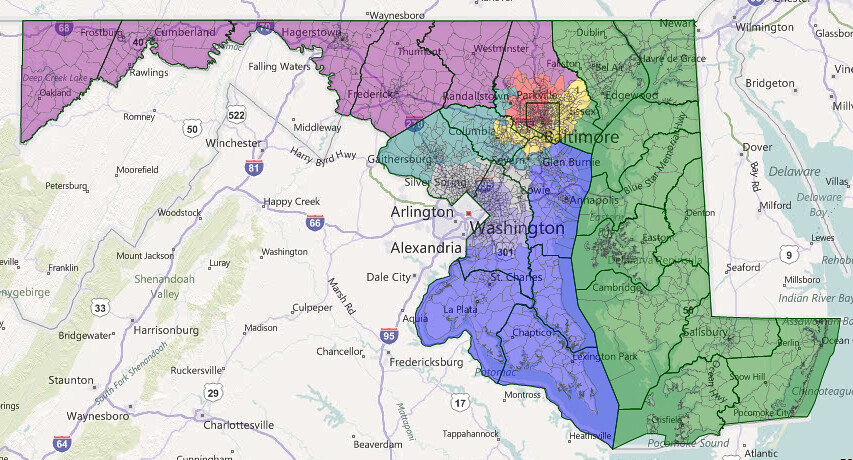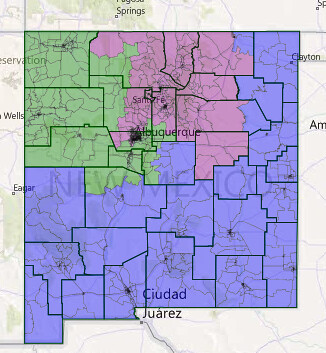• HI-Sen: I’m not sure where these rumors started – or if they’re just tradmed speculation – but Gov. Neil Abercrombie says he hasn’t tried to get retiring Sen. Dan Akaka to resign early in order to appoint a replacement (who could then run for a full term next year as an incumbent). Count me among those who thinks former Gov. Linda Lingle isn’t as intimidating in real life as she might seem on paper – particularly given the fact that Barack Obama is running for re-election, and that her exit poll approvals in 2010 were a sucky 41-56. So I’m not convinced there’d even really be any point in trying to push an Akaka resignation.
• ME-Sen: As we wait for the Great Teabagger Hope to deliver our dreams, the Hotline has word of another possible challenger to Sen. Olympia Snowe: former state legislator Carol Weston, who is now the state director of the Maine branch of the David Koch front group Americans for Prosperity. That could mean access to serious resources – something Weston acknowledges is a key factor in deciding on a run. Anyhow, she’s not ruling out a run, but claims she isn’t really considering it yet. But she also says that as part of her job with AfP, she sometimes has to “reign in” Snowe – pretty denigrating words, if you ask me!
• MI-Sen: We’ve mentioned him before, but now he’s making it official: Former juvenile court judge and all-around social conservative Randy Hekman says he’ll seek the GOP line to challenge Debbie Stabenow. Hekman sounds decidedly Some Dude-level, though.
• NV-Sen: This time, the joke comes pre-written. The ultra-wealthy Sue Lowden still has hundreds of thousands in campaign debts and has now been sued by her former polling company, Denver-based Vitale & Associates, for unpaid bills. The pollster’s attorney said Lowden is “probably driving around in her Bentley with a load of chickens in the back as barter to settle her campaign debts.”
• PA-Sen: Pretty sweet re-elects for Bob Casey (D) in this new Muhlenberg College poll of registered voters: 48% say yes, 24% no, and 25% are unsure. Against Generic R, Casey pulls 41 to 27, but Muhlenberg also allowed people to say “it depends on the candidate” (not sure that’s such a helpful choice), which scored 18. It’s not entirely clear what the sample looked like, though, since the Mule only gives the breakdowns for their larger “all adults” sample (36D, 36R, 11I). In 2008, it was 44D, 37R, 18I.
• RI-Sen, RI-01: The head of the Rhode Island state police, Brendan Doherty, just unexpectedly announced that he would resign in April, and that’s leading to talk he might be considering a run for office as a Republican. Though Doherty had originally been appointed by Republican Gov. Don Carcieri, he was re-appointed only last week by the new governor, Lincoln Chafee. Anyhow, Doherty supposedly is choosing between a challenge to Sen. Sheldon Whitehouse or to freshman Rep. David Cicilline in the first district. He says he’ll announce his plans at the end of May.
• VA-Sen, VA-11: Rep. Gerry Connolly (D) is opting out of a Senate run, saying instead he’ll seek re-election to a third term in the House. Like just about everyone else, he also declared that he wants to see Tim Kaine run. Speaking of which, Sen. Mark Warner said on the teevee this weekend that he thinks the odds of Kaine jumping in were “slim” but “are getting a lot better right now.” I have no idea if Warner has any special insight, or if maybe he’s just trying to pull a reverse-Inouye here (i.e., goad someone into running).
On a related note, PPP has a state-level report card out for VA politicians.
• NV-Gov: Jon Ralston calls it “one of the most brazen schemes in Nevada history” (not just electoral history! and this is Nevada!), while Rory Reid says everything he did was “fully disclosed and complied with the law.” Ralston describes this “scheme” as the formation of “91 shell political action committees that were used to funnel three quarters of a million dollars into his campaign.” Ralston’s had wall-to-wall coverage at his site. Among other things, Reid’s legal advisor wrote a letter to the campaign saying he thought the use of these PACs was legal – and, in a point that Ralston is seriously disputing, also said he got sign-off from the Secretary of State. I don’t really think Reid had much of a future in NV politics anyway, but if Ralston’s reading of the situation is right, this could spell a lot of trouble for him. If not, then it’s just some sketchy politics-as-usual. Even Ralston himself acknowledges that “the point here is less whether it actually was legal… but whether it should be.”
• CA-36: Finally some endorsements for Debra Bowen: She just announced the backing of state Sens. Alan Lowenthal and Fran Pavley, state Rep. Betsy Butler, and former state Sen. Sheila Kuehl.
• MN-08: This is from a couple of weeks ago, but still relevant: Duluth-area state Sen. Roger Reinert says he won’t challenge freshman GOPer Chip Cravaack next year, adding his name to the list of Dems who have declined to run. Others who have said no: Duluth Mayor Don Ness; former state House Majority Leader Tony Sertich; state Rep. Tom Rukavina; and state Senate Minority Leader Tom Bakk (whom we’d previously mentioned). Man, that’s a lot of dudes named Tom! (UPDATE: Just two – it’s Tony, not Tom, Sertich.) That’s most of the heaviest hitters, but another possible candidate is Duluth City Councilman Jeff Anderson, who told FOX 21 that he is “very interested” (their words) in the race.
• Milwaukee Co. Exec.: Huh – I’d managed to forget that Scott Walker didn’t just emerge fully-formed out of a rent in David Koch’s skull on January 1st, 2011. Until not that long ago, he was the Milwaukee County Executive, which means that his old seat is up in a special election next month. It should come as no surprise that Walker’s extremely unpopular attempts at union busting have become the issue in the race, and Republican state Rep. Jeff Stone is suffering badly for it. Stone voted for Walker’s budget bill, but now says he “would have preferred to leave the collective bargaining intact” – even though, as TPM notes, he voted against every Democratic amendment that would have done exactly that. Stone’s nominally independent but really Democratic opponent, philanthropist Chris Abele, has been hammering him on this front. The April 5th vote is actually a run-off; last month, Stone took 43% while Abele scored 25%, splitting the Democratic vote with the remaining candidates (all of whom were on the lefty side of the equation).
• PA-AG: Columnist Jan Ting, who took 29% against Tom Carper in DE-Sen in 2006 but later left the GOP, says he has heard that former Rep. Patrick Murphy is considering a run for Pennsylvania Attorney General. A source also informs me that this is true. Note that most of PA’s statewide positions other than governor are up in 2012, so this race would be coming on soon. Note, too, that it will be an open seat: Newly-elected Gov. Tom Corbett was himself AG, and he appointed Pittsburgh-area prosecutor Linda Kelly to take his place. Kelly, however, has said she won’t run for the post next year.
• Ohio Ballot: Though it’s gotten less attention than the fight in Wisconsin, Ohio is on the verge of passing legislation which strip collective bargaining rights from public workers. TPM reports that Ohio Dems are planning to put the law, known as SB 5, on the ballot (it’d take about 230,000 signatures), something which could happen either this November or next. This could wind up being a truly epic fight – though I’m also reminded of the last time Ohio Dems put up some lefty ballot measures in an odd-numbered year, and that didn’t turn out so well. (The 2005 effort was called Reform Ohio Now, and you can read all about it in the SSP Deep Archives.) Still, I think our chances would be a lot better this time.
• KS Redistricting: In 2002, state lawmakers split the rather blue Douglas County (home to the city of Lawrence) between two congressional districts, the 2nd and 3rd. Now, though, thanks to growth in Johnson County, the third has to shed population (as we informed you last week), and one Democratic legislator is suggesting that Douglas could be reunited in a single CD. This seems unlikely, though, as it’s manifestly in the Republican Party’s interest to keep Lawrence cracked.
• NE Redistricting: There’s a similar story playing out in neighboring Nebraska, where the now-famous 2nd CD (which gave Barack Obama a very narrow win – and a single electoral vote) also has to reduce its population. Light-blue Douglas County (no, I’m not losing it – different county, different state, same name as above) is currently entirely within the borders of NE-02, but it could potentially get cracked. The linked article discusses a number of different possible scenarios for the whole state, and even has some hypothetical maps.
• NJ Redistricting: No surprise here: Democrats and Republicans couldn’t agree on a new map for New Jersey’s state legislative districts, so the Chief Judge of the Supreme Court, Stuart Rabner, appointed Rutgers Prof. Alan Rosenthal as tiebreaker (click here for a detailed profile). That wasn’t a surprise, either, as the 78-year-old Rosenthal performed the same duties during the last two rounds of redistricting for the U.S. House. Rosenthal is a Democrat but has a very non-partisan reputation. Last time, Democrats convinced the appointed tiebreaker, Larry Bartels, that their proposed gerrymander would improve minority representation. A similar outcome is probably not so likely this time.
• OR Redistricting: As you can see from all the above links, now that redistricting data has been released, we’re starting to see a lot more redistricting-related stories with a little more meat to them. This piece outlines the issues facing Oregon and also explains some of the deadlines involved. If lawmakers don’t enact a state lege map by July 1 (or the governor vetoes it), then the task falls to Secretary of State Kate Brown, a Democrat. This is typically what’s happened in the past, though apparently there’s some hope that the evenly-divided state House (with its unusual dual Speakerships) will produce something both sides can agree on. Note that there is no similar deadline for congressional redistricting.
• PA Redistricting: Pennsylvania’s congressional Republicans are headed to the state capital of Harrisburg this week, to discuss how best to gerrymander their map with their state legislative colleagues. Given that the GOP has absolute control over the redistricting process in PA, Democrats are going to get pretty fucked here, and PoliticsPA has a rundown of several possible scenarios that Republicans are supposedly considering.
• New York: An issue which first came up nationwide last cycle is still percolating in New York. As we explained in September 2009, a new federal law (the MOVE Act) requires that absentee ballots be mailed to all overseas and military voters at least 45 days before the general election. That’s a problem in states with late primaries, like New York, where results can’t be certified and ballots can’t be printed in time to meet this deadline. A couple of states (I think just Vermont and Minnesota) moved their primaries up a bit to aide compliance, but others, like NY, had to get waivers from the Department of Justice that allowed them to send out ballots later. Despite getting such a waiver, many boards of election (including NYC’s) still failed to comply with even the later deadline – and now the DoJ (which had to sue NY last year) is unhappy with the state’s lack of further efforts to remedy these problems. An association of local election commissioners, at a meeting in January, voted to ask the state legislature to move the primary to June to avoid these issues altogether.
• Dave’s Redistricting App: Dave has more data and more fixes, so that you can get your fix of data.







